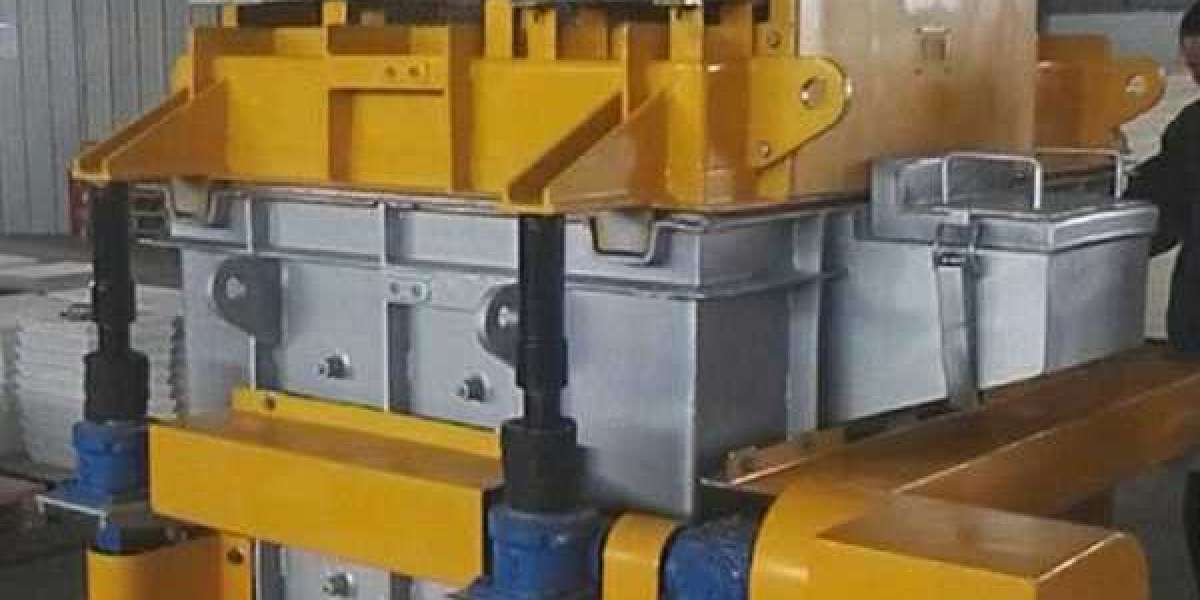In this second blog in our series on foundry equipment and machinery, we will be looking at the degassing unit.
As we’ve explored in an earlier blog, degassing is used to reduce the risk of gas porosity in aluminium sand casting. Porosity can occur when hydrogen is introduced into the metal during the melting stage. This can be drawn in through atmospheric humidity or moisture in the foundry.
In degassing, the molten metal is purged with nitrogen gas before the pouring stage. The nitrogen gas reacts with any hydrogen before dissipating from the molten metal.
Fast, effective degassing
At Haworth Castings, we use a hand-held rotary degasser – which has a rotating shaft and rotor at the base of a long narrow pole with handles. This unit is attached, through a tube, to a nitrogen canister.
The degassing unit is placed in the molten metal and, once operational, a high volume of bubbles is generated across a large surface area. This leads to the fast diffusion of hydrogen into the gas bubbles. The degassing time is dependent on the casting requirements.
Degassing fluxes (or tablets) containing chlorine or fluorine salts are used as an alternative method in some foundries. The flux tablets are plunged into the molten metal. These salts react with the hydrogen to form compounds, which can be removed from the melt.
However, the rotary degasser is significantly more effective in removing hydrogen from the molten metal.
Of course, the nitrogen gas used in degassing must be stored in a safe area and we follow stringent health and safety procedures in this respect. It is kept in a controlled and secure storage unit away from our foundry operations.



